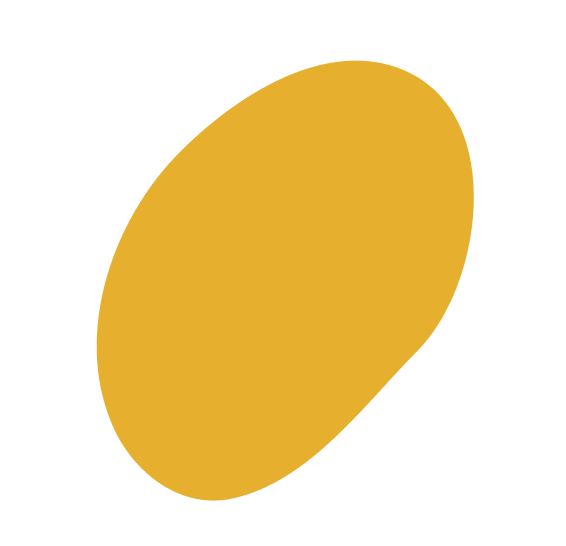








Bronchoscopic procedures are invasive, expensive and can lead to serious complications. A new medical device called the electromagnetic navigational bronchoscope (ENB) is changing the way doctors diagnose and treat lung problems. This non-invasive procedure allows for a more complete examination of the airways than traditional diagnostic tools. The ENB also improves access to hard-to-reach areas in the lungs, which may be necessary for certain treatments such as laser ablation or stinting.








An Electromagnetic navigational bronchoscopy is a procedure that is used to diagnose and treat problems in the airways and lungs. The ENB procedure is performed by a pulmonologist, who is a doctor that specializes in the diagnosis and treatment of diseases of the lungs. During an ENB procedure, a thin, flexible tube called a bronchoscope is inserted into the airways. The bronchoscope is equipped with a camera and light that allow the doctor to see inside the lungs. The doctor can then obtain samples of tissue or fluid that may aid in the diagnosis of a lung problem.


Electromagnetic navigational bronchoscopy (ENB) is used to diagnose and treat problems such as:
To prepare for an ENB procedure, you will need to follow your doctor’s instructions on how to prepare yourself. You may be told not to eat or drink anything for a certain amount of time before the procedure. Your doctor may also tell you not to use any products in your nose, such as nose sprays or decongestants.
You will likely experience some shortness of breath during and immediately following your procedure. This is a normal part of the process, but if you are concerned about your breathing, let your doctor know.
The procedure often causes coughing and discomfort in the throat. The doctor may provide additional medication to help you feel more comfortable during the procedure. If you have asthma or allergies, be sure to tell your doctor before the procedure. You may need to take steroid medication to help prevent an asthma attack.
You will be given a prescription for antibiotics before the procedure, but it is very important that you start taking them as directed immediately after your bronchoscopy. This ensures that bacteria in the sample are killed while they are still in your body and not allowed time to spread to other parts of the body. If you are allergic to any antibiotics, let your doctor know before the procedure. You may receive another type of medication instead.
You will likely be able to return to your usual level of activity right away after a bronchoscopy. Your healthcare team will tell you when it is safe for you to return to work or your usual activities.
You will likely be given medication to prevent nausea and vomiting, but if you experience any discomfort afterward, call your doctor right away. For more information on this procedure including risks, availability, costs and preparation required please give our office a call to discuss.
We accept most PPO and Medicare insurance plans. We recommend you contact your insurance plan to insure we are in-network.